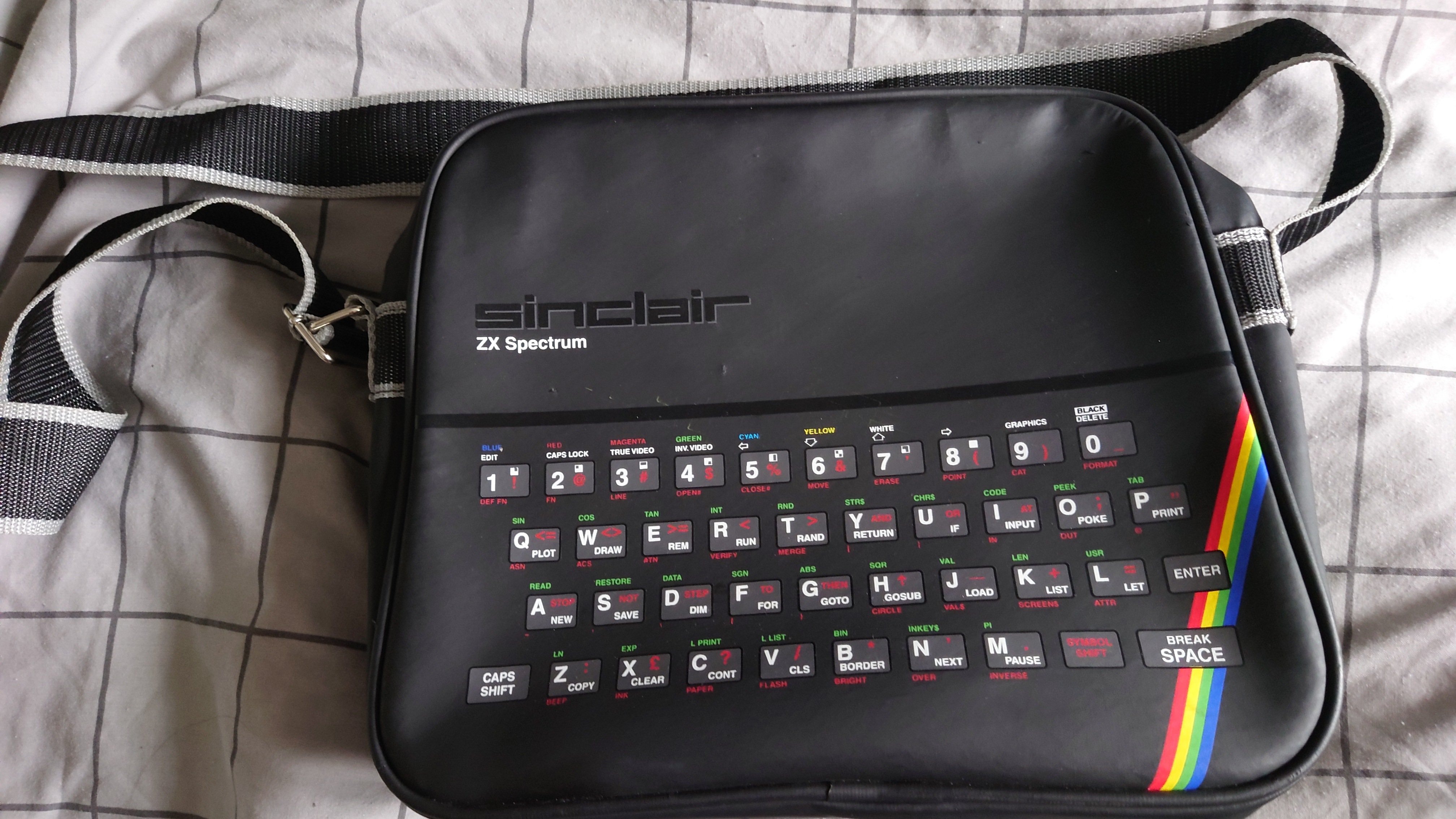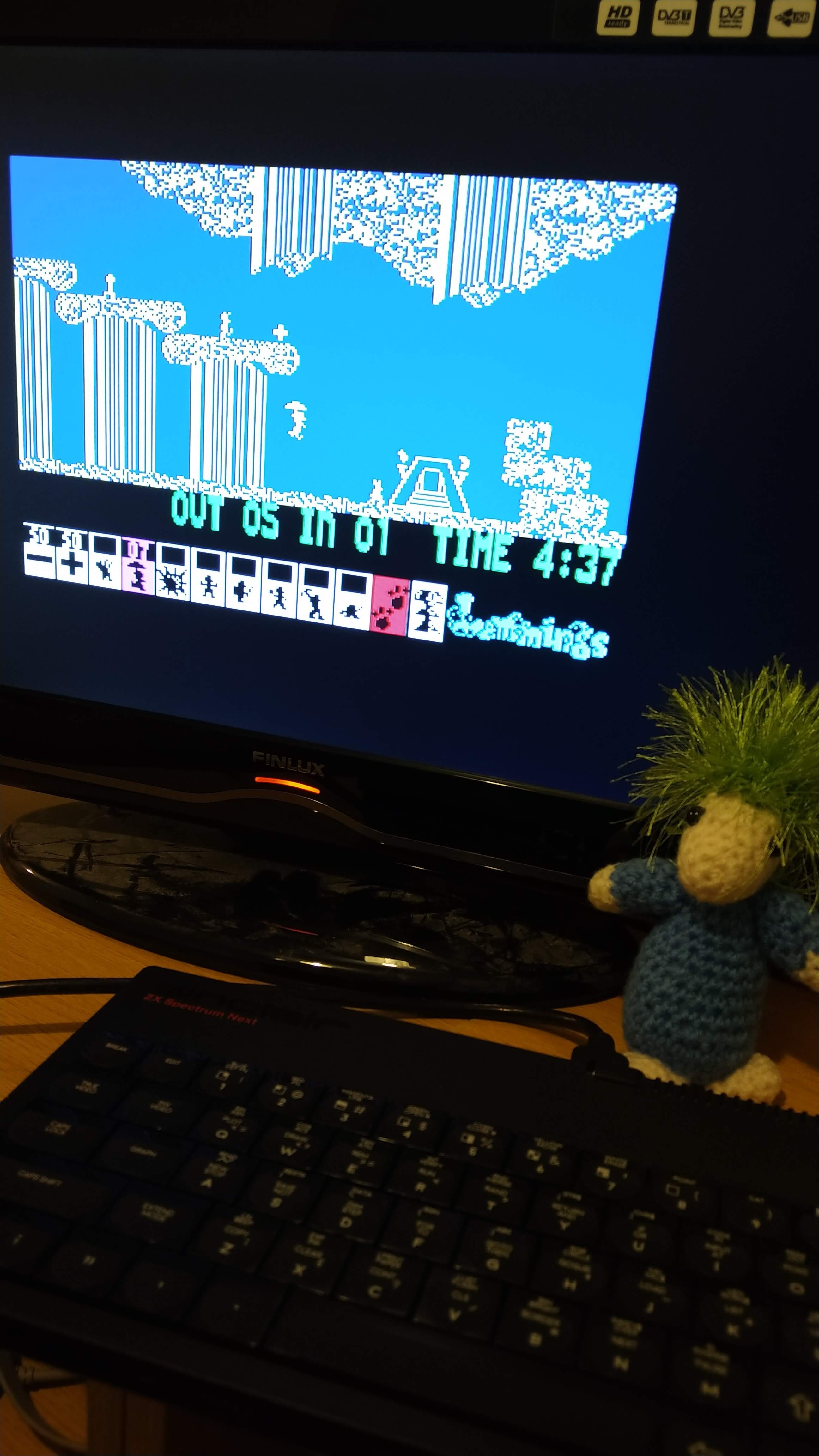Everyone knows about Final Fight, right? This 1989 Capcom beat 'em up feels almost genre defining, even though it was not the first beat 'em up of its type. Nevertheless, it cast a long shadow over games that came after it, especially those released by Capcom.
And with good reason. Final Fight is awesome, even today. It's a simple enough concept - gang kidnaps ex-Street Fighter and new Mayor Mike Haggar's daughter, so Mike and his pals Cody and Guy undertake a mission to save her. Said mission involves beating up fools, swinging various weapons, taking part in a wrestling match at one point, and eating lots of food out of trashcans. You can play as either of the three pals, and even bring a pal of your own along as a second player.

It's a lot of fun, and well worth a look today. It hurls hordes of bad guys at you that you slice through with kicks and punches and special moves. Nothing quite beats the feeling of your guy disappearing under a pile of ruffians, only to emerge with a cyclone kick to send the bastards flying.
But it was also a technical powerhouse, with massive sprites, detailed backgrounds and a ton of stuff on screen at once. So how the hell would this behemoth fit into a humble ZX Spectrum? Grab a trash-chicken and let's find out...

Let's deal with the Amstrad and Spectrum versions together, since they share a lot of the same DNA, not to mention failings.
Okay, there's no two ways about this. 1991 was way late in the life of the 8-bit home micros. They were about two generations behind the curve at this point, and time had not been kind. So any hope of getting a decent port of Final Fight onto these two was wishful thinking at best. Yet, somehow, someone thought it might be a good idea...
There are two ways you can look at these versions.
First, you can judge them on merit. And, honestly, they come up wanting. They're both terrible games, by any measure. To their credit, both attempt to copy the arcade to the best of their abilities, including all three playable characters, all stages, most moves, a representative sample of the animation frames... but it's this ambition that cripples both ports. Because the result is a slow, jerky, indistinct mess (especially on the monochrome Spectrum) that is really difficult to play. Moves take forever to animate, collision detection is terrible, every single-enemy fight is more like a boss fight in the length of time it takes to play out. There are glitches aplenty and both versions share a quirk that sees your character getting frozen to the spot after every punch or kick, standing there like Mitch McConnell while the enemies pile on. On top of that, weapons are useless, Cody and Guy are useless, and the game generally feels like a kind of torture.

But there's another way of looking at them... because there is clearly some achievement there. They are both recognisably Final Fight. The sprites, the locations, the enemies, all reasonable representations of Final Fight. They play like Final Fight, albeit Final Fight shot through a prism of shit. They attempt big boy feats they have no business doing, like the animated train on level two, or the wrestling arena. They both have the fancy animated intro... these are clearly not mindless cash grabs. There was talent here, talent that pushed these two machines beyond what anyone would have thought possible in 1982. It just feels like wasted effort.
Worth a look for novelty value alone.

I've kept the C64 version apart from the other two because it is a very different beast, and a very different kind of bad. As is often the case, the C64 went its own way and knocked out a port that feels inspired by Final Fight at best. The levels are similar only, the sprites are smaller, the whole feel of the game is different.
It has a weird kind of floaty feel to it. There's this strange quirk where landing a kick will only have an effect a short time later. So you'll kick a dude, you'll get a sound effect, then about half a second after that, the dude will fly backwards. It's almost surreal.
The thing is, this port almost feels like it could have been a decent game. Just rounding off the sharp edges would have helped a lot, and it could have been a fun two player beat 'em up in the Renegade style. It's just not Final Fight.

Surely things are better on the 16-bit micros, right?
Well, yes and no. The Amiga port is clearly superior to the 8-bits. It has some great intro music, the graphics are colourful, the sprites massive and reasonably well-animated. It just has that undeniable Amiga-arcade-port quality of something feeling off. It doesn't feel fluid or hectic like the arcade. There are fewer enemies at once, the control is hampered by a one-button joystick and feel sluggish, and the difficulty feels off, with stunlocks happening far too often.
But it's not the worst Amiga arcade port out there, and would probably serve you well if you were looking for bit of quick mayhem.

The same can't be said of the Atari ST port, sadly. This version looks similar to the Amiga, but with fewer colours. It has some terrible character-block scrolling that wouldn't look out of place on the Amstrad. And the sound is about Spectrum quality. Not the ST's finest hour.

Over on the console, and things look a little better, as you might expect.
Starting with the SNES version, which is definitely the runt of the litter. It's not terrible, it plays pretty well, it just feels cut down. That's because it is... only two characters available (sob, poor Guy). No two player mode. Some weird early-90s censorship that saw various female enemies replaced by cookie-cutter male hoodlums. A whole missing level. Some missing level transitions. And a generally drab looking appearance.
Not awful, but not great by any means.
It should be noted that Japan got a version called "Final Fight Guy" which returned Guy to the game... at the expense of Cody. So close.

Let's end on two high notes.
The Mega CD version of Final Fight is superb! From the animated, voiced intro, to the faithful reproduction of the gameplay, to the extras that this version includes, everything feels complete. It plays well, it sounds amazing, it is the first port so far that actually captures the essence of the arcade incredibly well. It has lots of enemies on screen at once (not quite as many of the coin-op, but better than the SNES).
If I was compelled to level but one criticism, it would be that the colour palette feels a little off, which is probably a limitation of the Megadrive itself. It just leaves things looking a bit... gritty.
But that shouldn't deter you! This port is awesome and well worth a play!

But for all that the Mega CD version is great, it's not my favourite...
That accolade goes to, surprisingly, the Gameboy Advance!
The GBA got a port titled "Final Fight One", which is basically a port of the arcade, so it counts. Unlike the SNES, all characters are present, as is a two player mode via link cable. All stages are here, and the game generally looks a lot more vibrant. Due to the nature of the GBA screen, it does feel a little "zoomed in", but you get used to it.
Where this port succeeds the most is in how it plays. It is fluid as hell, fast and easy to control. You get the same frantic feeling as the arcade, with lots of enemies flying all over the screen. The music really adds to this feel, with some cool renditions of the arcades tunes.
Overall, a really complete package and well worth playing today!
So what are your memories of Final Fight? Did you suffer through the Spectrum version or were you lucky enough to get the Mega CD port?













